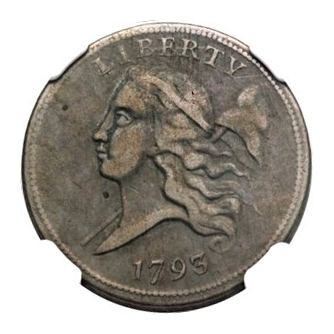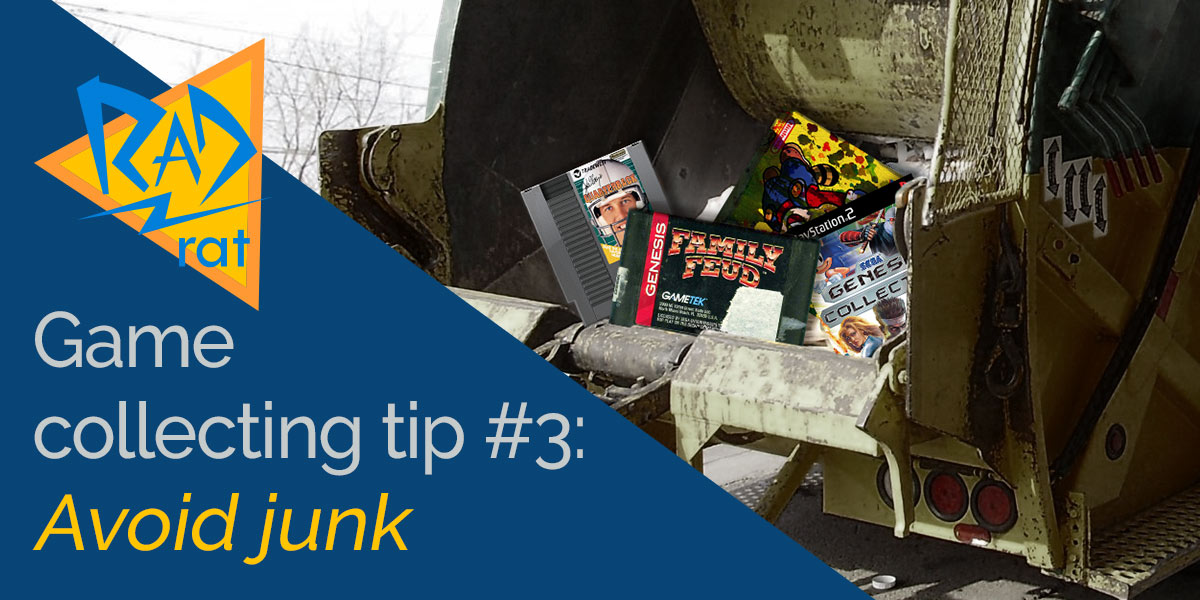
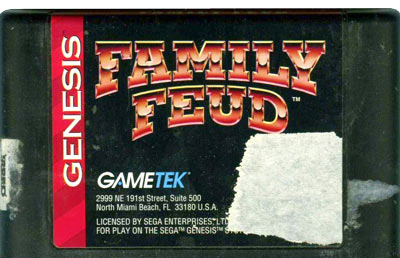
Image: Museum of Play
20 years from now, you’ve decided to sell off your games. Maybe you need to make space, you need some extra cash, or maybe you’re dead and your kids are getting rid of your old crap. You take some of your games to the store, and you offer up Family Feud on the Sega Genesis. They offer you 99 cents – half of what you paid for it at that flea market in 2008. That’s what you can expect if you fill your collection with noncollectable junk.
In this blog series, I’ve been taking lessons from coin collecting and applying them to games. As game collecting matures, the markets will get more similar. One common bit of advice in coin collecting is: “Avoid junk.” At first glance, it seems brain-dead obvious. But it’s extremely rare to see people truly follow that motto.
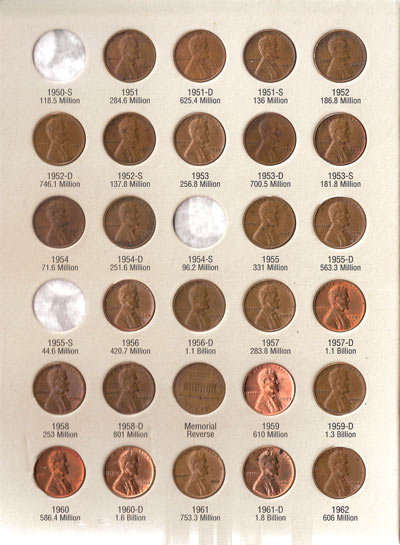
30 years of collecting, 27 cent value.
In the early days of collecting coins, it was common to buy a ‘penny board’, which has slots to push in cent coins of every date and mint location. Young collectors would pick them all out of pocket change. Years later, a completed set was worth almost nothing. Why? The coins were all junk.
In game collecting, “junk” would be games nobody wants to play, aren’t in good condition, or just really common, but you ‘need’ them to complete your set. Just like filling in a penny board, you
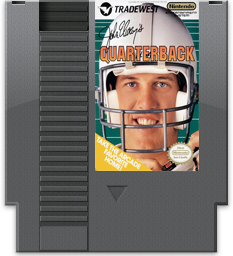
I knew I had to have it. Image: Lukie Games
might be tempted to fill in your shelf with games like John Elway’s Quarterback, Ice Hockey, Pinball and Jeopardy. A collection isn’t complete without them, right?
The problem is, you’ll end up with shelf after shelf of cheap games that you don’t even look at, let alone play. Years later when you inevitably sell them, you’ll find that they’re worth nothing. Common old sports games will never be rare relative to their demand. Because there’s no demand.
So what do you do? Try a more current coin collecting idea called a “short set.” This is a subset of a larger collection. So instead of collecting all NES games, maybe try finding all of the games from your favorite developer, favorite genre, or favorite theme. Another good option would be to buy the top 50 games from each system you have. Since you’re buying fewer games, you can afford to get the ones you want in better condition. What would bring you more satisfaction: a room mostly full of games you don’t care about, or one bookcase full of boxed copies of the best games ever made?
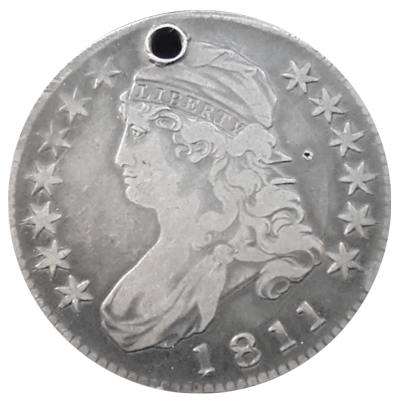
Holed coins are a lot cheaper, but are usually first to get an upgrade. Image: iCollector
Condition is also extremely important. In the coin collecting world, it’s very common to hear about someone working on ‘upgrading’ their set. That means they finished whatever collection they were working on, and now that it’s done, something bugs them. They bought some nice coins at the end of the collection, but now the ones they bought in the beginning are looking pretty dingy in comparison. Or they bought a rare coin in really bad shape because that’s all they could afford at the time. Now it’s not good enough. They can’t even look at their collection without some of the coins jumping out at them. Upgrading is time consuming and pricey.
It’s pricey because many times, coins will appreciate in value more and more as the condition improves. Take a look at this price chart for a 1793 half cent. Remember, coin conditions are rated on a scale of 1-70.
|
Grade: 12 |
Grade: 20 |
|
| 2006 | $3,500 | $8,750 |
| 2016 | $5,750 | $14,000 |
In 2006, collector buys a Fine-12 for $3,500. Ten years later, he sells it and upgrades to a Very Fine-20. He puts the profits toward his next purchase, which puts him at $11,750 out of pocket for a $14,000 coin. Not bad.
A different collector bought the VF-20 in the first place. He’s at $8,750 out of pocket for the same $14,000 coin. Which would you rather be?
The first seller would also have to worry about ebay/dealer fees and taxes cutting into his profits. While it’s true that game values are almost never this high, the principle still applies.
No Junk = Empty Shelves?
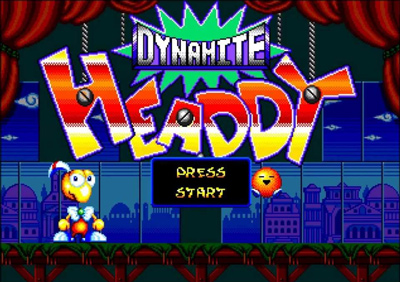
Dynamite Headdy is still cheap. Don’t settle for an ugly copy.
Does this mean you shouldn’t buy that cheap, scratched up copy of Dynamite Headdy at the garage sale? Of course not. But the smartest thing to do would be to buy it cheap, sell it, then put the money toward a better copy. Be patient and discerning. Buy the best copy you can afford and avoid ever having to upgrade in the future.
Since many coin collectors are old, it’s very common to hear stories from grandchildren looking to liquidate an inherited collection. They take it into a shop, and the owner takes a quick look at it, then offers a price that seems shockingly low.
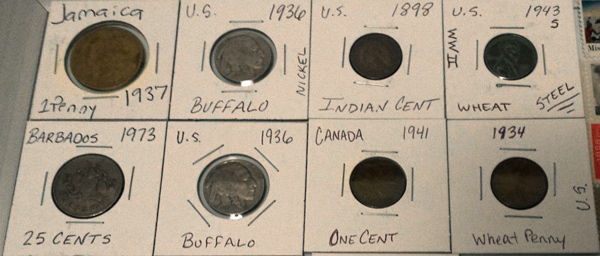
You might get offered a dollar for this collection of junk.
One reason this happens is because it’s simply a lot of work to sort through the junk. A big cardboard box full of hard-to-sell, low value items isn’t very enticing. For the shop owner to bother doing all the work of putting them in display cases and pricing them, he has to get them very cheap and make a few bucks.
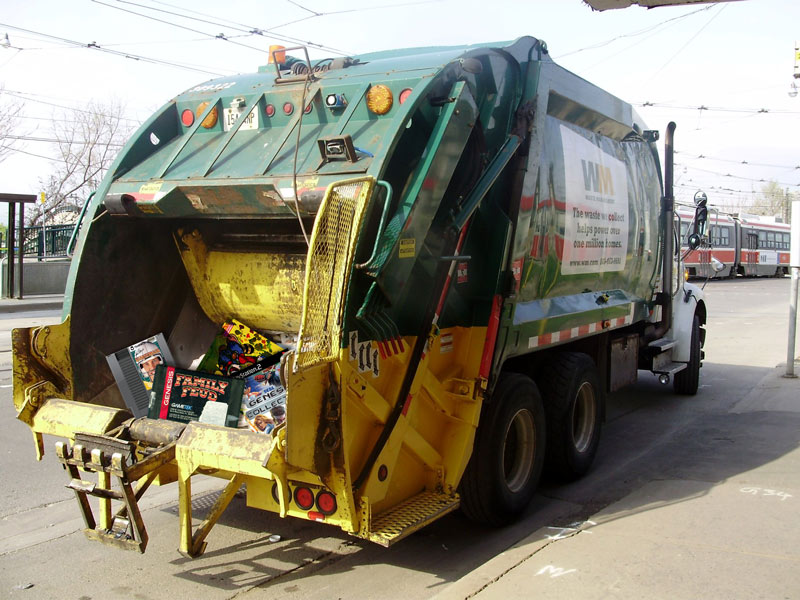 On the other hand, a small box full of rare, valuable and interesting coins will demand some attention. The shop owner will thoroughly evaluate each one, and give a much better price.
On the other hand, a small box full of rare, valuable and interesting coins will demand some attention. The shop owner will thoroughly evaluate each one, and give a much better price.
The point is obvious. Show up with a truck bed full of $2 games, and you’ll be lucky to get 25 cents apiece. But a solid collection of true classics will do much better.
Do yourself and your future grand kids a favor. Stick to good games, and avoid the junk.


